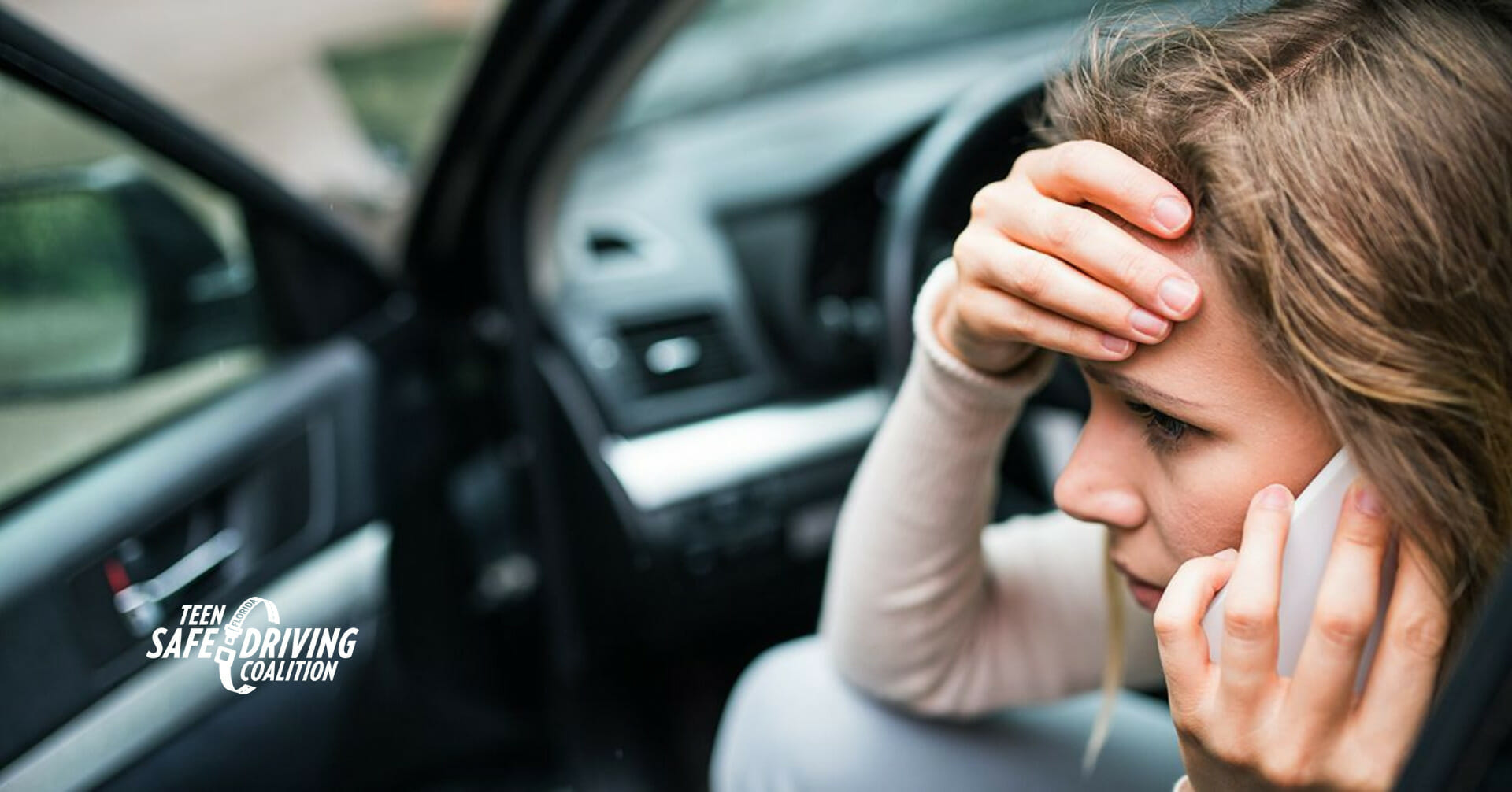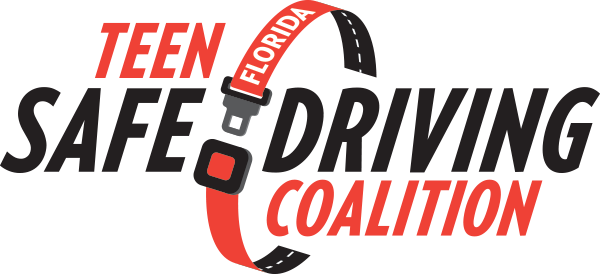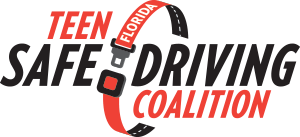
35+ Drunk Driving Statistics and Fatal Facts
With over 221 million licensed drivers on the road in the U.S., enforcing road safety is more imperative than ever. However, after much research, we found that drinking alcohol doesn’t stop millions from getting behind the wheel. But, what exactly are the facts and statistics behind drunk driving crashes?
And an even better question — why do people continue to break the law by driving under the influence when they know it’s not only irresponsible, but dangerous? Not only do drunk drivers put themselves and others in danger, but drivers must remember that car insurance rates increase after a crash and other irresponsible driving behaviors.
The CDC’s task force, the Behavioral Risk Factor Surveillance System (BRFSS), consistently surveys the American public about whether they have driven under the influence of too much alcohol in the last 30 days. The latest report from 2012 revealed that the nationwide average is 1.9% across all 50 states and Washington D.C. This means that more than 6 million Americans drive under the influence of too much alcohol every month.
In this article, we delve into the state of drunk driving in the United States, dissecting the problem based on age, gender, location, and more.
Drunk or Drugged: Driving Under the Influence
Alcohol has been the main concern for a long time but as controlled substances like marijuana are becoming legalized for recreational use on a state-by-state basis and prescription drugs are more commonplace, driving under the influence of drugs, and worse, in combination of alcohol has increased substantially.
When considering the biggest contributors to driving-related deaths, 29% of fatalities while driving are caused by alcohol. What’s more, 22% of fatalities while driving are caused by other controlled substances, including prescription medication.

Since 2007, there has been a 48% increase in drivers testing positive for THC while driving at night on the weekend.
The first large-scale study to determine the risk of driving while under the influence of drugs other than alcohol was undertaken by the National Highway Traffic Safety Administration (NHTSA) over a 20-month period in Virginia Beach, VA. The study included 3,000 crash-involved drivers and 6,000 non-crash-involved drivers, which served as the control group.
The results, adjusted for gender and age, reveal that drivers with a blood alcohol content (BAC) of .05 grams were more than 2 times as likely to crash than drivers with no alcohol. Drivers with a BAC of .08 grams, on the other hand, were almost 4 times as likely to crash than drivers with no alcohol intake. This means that an increase in blood alcohol content of a mere 0.03 g/dl nearly doubles your chances of crashing.
What constitutes as driving under the influence?
It’s illegal to drive in the U.S. if you have a BAC of more than .08 grams, but statistics show that driving under the influence of any kind has its costs and consequences.
What to Know about Teen Drunk Driving Statistics
Drinking underage is a major problem in the U.S., yet, it’s often grouped together with the overall drunk driving statistics. However, did you know that drivers between the ages of 15-19 represent 6.5% of the U.S. population?
Tech-savvy teens make authentic-looking IDs online, while others may get their hands on alcohol through friends, family or even strangers. However may be their way around the law, the fact that the legal driving age is between 14-16 in most states, and alcohol being statistically available to minors, makes driving under the influence a major concern.
The Center for Behavioral Health Statistics and Quality found that 14% of teens binge drink, yet only 1% of parents believe his or her teen binge drinks. When surveyed in 2018, 9% of teens between the ages of 12–17 had consumed alcohol within the past month. In the same age group, there were 401,000 teens that were diagnosed with alcohol use disorder.
Furthermore, About 1/4 of fatal teen car crashess involve underage drinking and driving. Gender makes a difference too — 27% of the young male drivers involved in fatal crashes had been drinking at the time of the crash, compared with 15% of the young female drivers involved in fatal crashes.
These numbers were frightening, so we asked, how can underage drinking and driving be prevented?
The National Institute on Alcohol Abuse and Alcoholism (NIH) says: It starts with the parents.
Parental styles vary, but parents play an important role in influencing their children to lead a healthy life. Modeling good behavior, keeping liquor outside of the home, or at least locking it up, and being open about the consequences for drinking and driving can help teens make the right decision.
Additionally, the Governor’s Highway Safety Association (GHSA) has a graduated driver licensing system that varies by state to enforce a step-by-step process that allows young drivers to gain experience before getting full driving privileges.
Whatever may be the tactics parents, lawmakers and educators use, one thing is for certain: you can’t remain silent when it comes to educating teens about the risk involved in drunk driving.
Gender Differences in Drunk Driving
Historically, more men than women drink alcohol in the U.S., but the differences between the genders is narrowing. In an annual National Institute on Alcohol Abuse and Alcoholism (NIAAA) survey, researchers found that 48.3% of females and 56% of males drank in the past 30 days.
Are those numbers consistent to female versus male drunk driving statistics?
As the overall number of drunk drivers are decreasing, the gap between male and female drunk drivers is also decreasing.
In the 1980s,10% of drunk driving arrests were women, but by 2011, that number increased to close to 25%. Still, this means that 3/4 drunk driving arrests are men. There are many cultural, discrimitory and tolerance factors that could contribute to why there is a difference between genders when it comes to drunk driving.
As a result, car insurance companies typically have a higher premium for men in the same age group as women, but given that the gap is closing, they may start making changes to plans to reflect that.
Drunk Driving Statistics by Region
We analysed the alcohol-impaired fatalities in 2017, and found that the highest number of fatalities came from southern states.

The safest state? Vermont, making up .1% of the number of alcohol-impaired fatalities.
We also looked at the cities with the highest percentage of DUIs compared to the national average:
- Cheyenne, WY: 5.96% of drivers have a DUI (↑ 277% than national average)
- Orange, CA: 4.65% of drivers have a DUI (↑ 194% than national average)
- Billings, MT: 4.6% of drivers have a DUI (↑ 191% than national average)
What do all of these cities have in common? They’re not among the states known for strict drunk driving laws. Although driving with a BAC of .08% or higher is a federal law, states have their own laws as the repercussions of a DUI. For example, Arizona is known as one of the strictest states given a first-time offender gets up to 10 days in jail, $1,250, a license suspension of 90 days and ignition interlock devices are mandatory. Even worse for those with a higher BAC. Georgia is up there too with a minimum jail sentence of 10 days, loss of license for a year, and at least $1,500 of fees.
On the opposite side of the spectrum, some states are more lenient. For example, South Dakota is known to let DUI’s slide more than others with no minimum jail sentence for first-time or second-time offenders.
To help reduce drunk driving on a state-by-state basis, communities could consider increasing the number of sobriety checkpoints and requiring ignition locks for high-risk people so they can’t start their engine if the driver’s alcohol BAC is too high.
Drunk Driving Crashes and Fatalities
One person dies from a drunk-driving crash every 48 minutes in the U.S. Furthermore, One-third of all automotive crash fatalities in the US involve drunk drivers.
As we mentioned before, a drunk driver is classified by a BAC of 0.08 grams per deciliter or higher. Although many more people drive after having a small amount of alcohol, the majority of crashes occur at BAC levels 0.15 g/dl and above. Here is a percentage breakdown of the blood alcohol contents of driving fatalities in 2017:

This means that 58% of fatalities involving drivers under the influence of more than six drinks on average. At this level of intoxication, most people have difficulty walking in a straight line.
In 2017, there were 10,874 deaths resulting from a drunk-driving crash. Here is a breakdown of all 10,874 deaths by role in the crash:
| Role | Number | Percent |
| Drunk Driver | 6,618 | 61% |
| Passengers of drunk drivers | 1,492 | 14% |
| Occupants of other vehicle | 1,583 | 15% |
| Pedestrians/other | 1,181 | 11% |
Alcohol-related highway crashes annually cost Americans an estimated $37 billion per year.
Drunk Driving Statistics by Year
Thousands of deaths are a result of alcohol-impaired crashes annually, but over the past almost 40 years, the percentage of alcohol-impired crashes has decreased by 12%. To put that into perspective, in 1985, there were 18,125 alcohol-impaired crash fatalities, compared to 10,874 in 2017.
Some say that tougher state alcohol laws are tied to less drunk driving related crashes, while others say that media plays a big part in warning those of the consequences. Either way, the decrease in deaths appears to be trending in a positive direction.
Age plays a factor in the annual fatalities, too. People ages 21-24 play the biggest part the amount of fatalities at 27% in 2017, but this is down from 34% in 2008. Surprisingly, the only age groups that have increased the number of deaths related to drinking in driving are those over the age of 64.
Driving While High Versus Drunk Statistics
We still have a lot to learn when it comes to driving under the influence of alcohol versus drugs. Given it’s much harder to detect when someone is driving under the influence of drugs with the accuracy of an alcohol breathalyzer, statistics are fuzzy.
While many speculate, a 2017 study published in the American Journal of Public Health looked at fatal crash data from 2009 to 2015 in two marijuana-legal states: Washington and Colorado. The research concluded that there is no significant link between marijuana use and fatal crashes.
There is, however, much varied opinions out there. Although the data might not be out there, tests for confirming active THC in fatalities are not common given they’re expensive. There is no breathalyzer out there to know if someone has active THC in their system — it must be tested by urine or blood. Therefore, understanding how marijuana has taken a part in high driving-related crashes is inconclusive at this point.
Some say that high driving is simply less dangerous than drunk driving, but researchers say that there is still risk involved. While drunk drivers are known to increase their speed, drivers who are under the influence of marijuana are known to drive slower.
How to Prevent Drunk Driving
Although we’ve seen a decrease in alcohol-related driving deaths over the past 40 years, it’s still a prevalent problem that requires a solution. The Center for Disease Control and Prevention recommends that states should enforce alcohol ignition interlock use, which allows them to monitor offenders of people who have been caught for drinking and driving previously.
There are a number of other strategies that have been proven to prevent drunk driving in communities such as staging more sobriety checkpoints, introducing mass media campaigns, hosting free interventions, revoking licenses, and implementing school-based instructional programs.

Original Source: https://www.thesimpledollar.com/insurance/auto/drunk-driving-statistics

